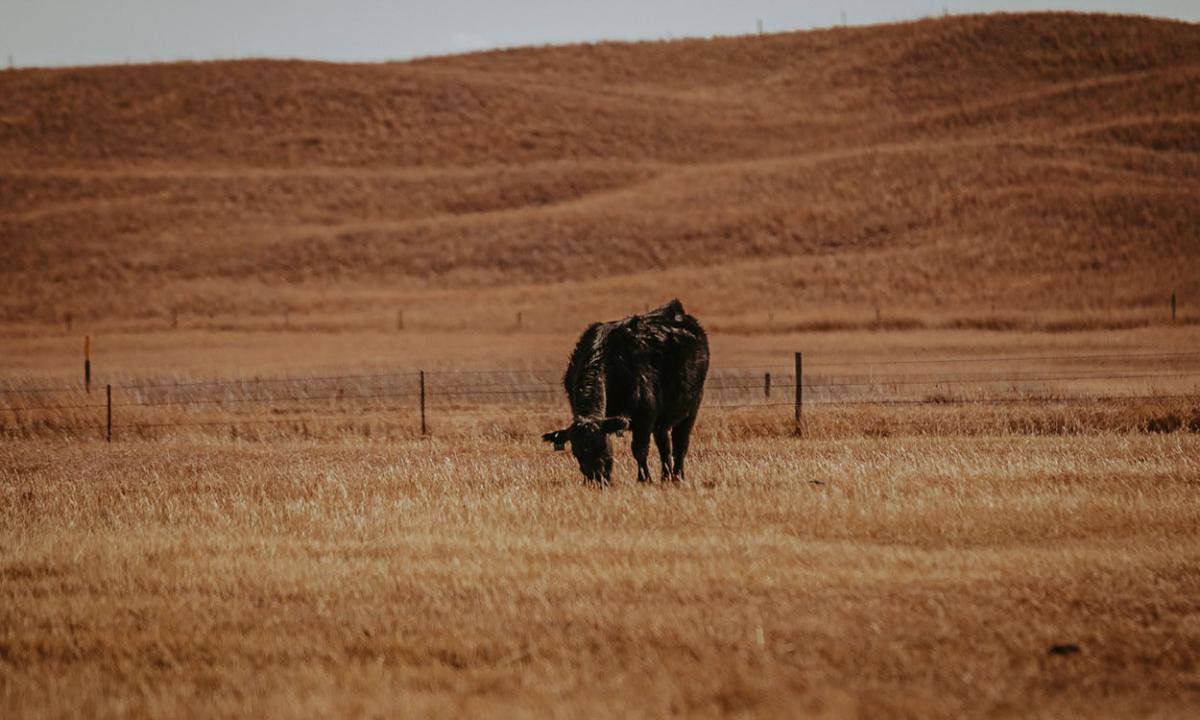The need to feed hay is not eliminated through winter grazing, especially during times of inclement weather and as spring cows advance in pregnancy. However, winter grazing can be used to reduce the amount of supplementation required via hay or other feeds. After weaning, the average nutrient requirements of a cow are about 50% total digestible nutrients (abbreviated as TDN) and 7% crude protein (abbreviated as CP). Typically, at the start of grazing, dormant grasses contain less than 6% CP. Protein is generally the most-limiting nutrient during winter grazing, but energy is also important for combating winter conditions and increasing body condition score. A spring cow’s nutrient requirements will increase throughout the winter as they advance into late gestation. As a result, cows should be provided with adequate protein, energy, and mineral supplementation throughout the winter grazing season in order to meet their nutritional requirements.
Assessing cow nutrient requirements.
In order to provide adequate nutrition to the cow herd, it is essential to assess nutrient requirements. An easy way to accomplish this is to evaluate the herd for body condition scores (abbreviated as BCS). For most spring calving herds, fall and winter grazing occurs after the calf has been weaned. As a result, cows will be at their lowest nutritional requirements of the production cycle (Figure 1). Therefore, this period between weaning and late gestation is the most-economical time to increase cow conditions if needed. Current BCS of the herd will determine what feeding, supplementing, and management strategies should occur. Ideally cows would be in a BCS of 5 at the time of calving. However, nutrient requirements for heifers and younger cows are higher than for mature cows because they are still growing. As a result, younger cows may require more supplementation and ideally should be in a BCS of 6 at the time of calving.
One strategy is separating cows into groups based on their BCS. By managing the groups separately, supplementation can be provided according to the nutrient needs of each group. For example, one group could be made up of thinner cows (< 4 BCS) and young cows in order to provide more supplementation to achieve a higher energy and protein diet. In contrast, cows in a higher body condition (> 6 BCS) can be grouped together because they have more body reserves and are more resilient to low-quality diets. This group will require less supplementation and will be able to occasionally ‘rough it’ if necessary. However, caution should be used with this strategy by not allowing cows to lose too much condition prior to the calving season. Ultimately, winter grazing management should revolve around utilizing winter pastures as a feed resource, while ensuring cows will be in proper condition at the time of calving.
